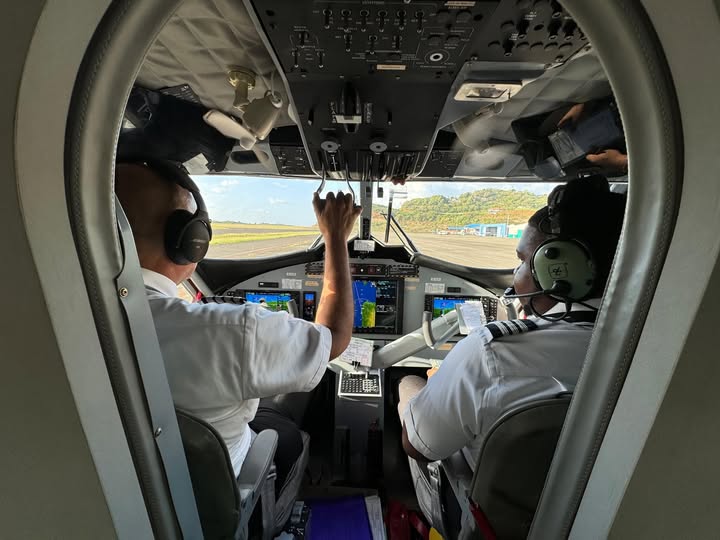2024 was a pivotal year for connectivity in the Caribbean, marked by a series of initiatives that transformed the region’s aviation landscape. Airlines expanded their operations, introducing new routes and improving existing services. This review examines the advances made, the challenges encountered and the economic implications of these changes for the region.
New flights and connections
One of the most remarkable features of 2024 was the launch of several new flights, strengthening connectivity between the islands. These include Caribbean Airlines inaugurated direct services to Martinique, facilitating travel between the English- and French-speaking islands. Likewise LIAT Airlines has re-established routes to the British Virgin Islands, offering travelers additional options for exploring the region.
This expansion of the air network has met the growing demand for inter-island travel, stimulating tourism and trade. Passengers now enjoy greater choice, flexibility and convenience.


Economic impact
Increased connectivity has had a significant impact on the Caribbean economy. By making it easier for tourists to travel, airlines have helped to boost the hotel and restaurant sectors. For example, the increase in visitor numbers to Martinique and the Virgin Islands led to an increase in hotel bookings and restaurant spending, benefiting local businesses.
Statistics show that passenger numbers were up 15% on the previous year, testifying to the effectiveness of the new routes. Local governments have also benefited from this dynamic through increased tax revenues linked to the tourism sector.
Sustainability and Social Responsibility
Another important aspect of the 2024 review was the airlines’ commitment to sustainable practices. Royal Caribbean for example, has taken significant steps to reduce its carbon footprint. By using biofuels and investing in green technologies, airlines are striving to address environmental concerns while continuing to grow.
In addition, airlines have introduced social responsibility programs, supporting local communities and promoting sustainable development initiatives. This has helped to strengthen the relationship between the companies and the communities they serve.
Regional collaboration
Improved connectivity has also encouraged greater collaboration between countries and islands in the region. Governments have recognized the importance of working together to maximize the benefits of tourism. Initiatives such as the Caribbean Tourism Organization have been strengthened, enabling an exchange of ideas and best practices between industry players.
This cooperation has been essential in promoting events and festivals that attract visitors throughout the year, contributing to a more uniform and sustainable tourist season.
Challenges to overcome
Despite the progress made, connectivity in the Caribbean is not without its challenges. Airlines face issues such as increasing competition, fluctuating fuel prices and the need to modernize airport infrastructure. Continued investment is needed to ensure that the region’s airports can accommodate the growing volume of passengers.
Future prospects
Looking ahead, it’s clear that connectivity in the Caribbean will continue to evolve. Airlines plan to open new routes and improve existing services. Governments and local businesses must work together to ensure that this growth is sustainable and beneficial to all.
The overall picture of connectivity in the Caribbean in 2024 is positive. Thanks to initiatives to expand air links and promote sustainable practices, the region is well positioned for continued economic growth. By overcoming challenges and strengthening collaboration, the Caribbean can assert itself as a key destination on the global tourism scene.






































